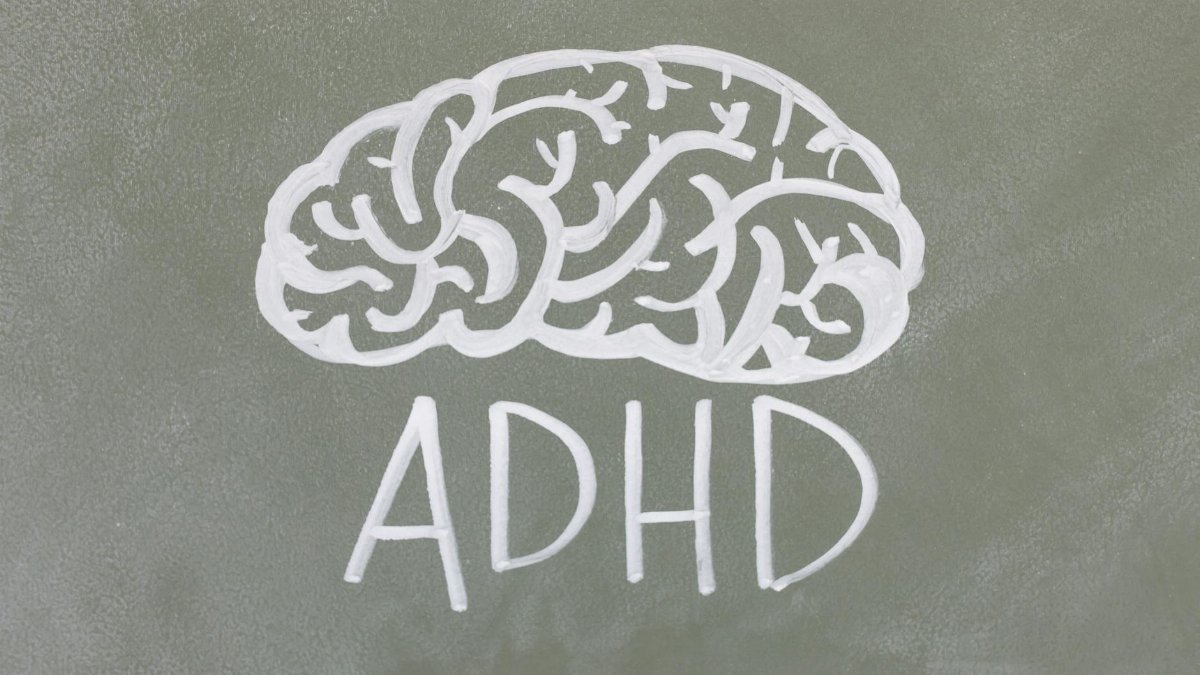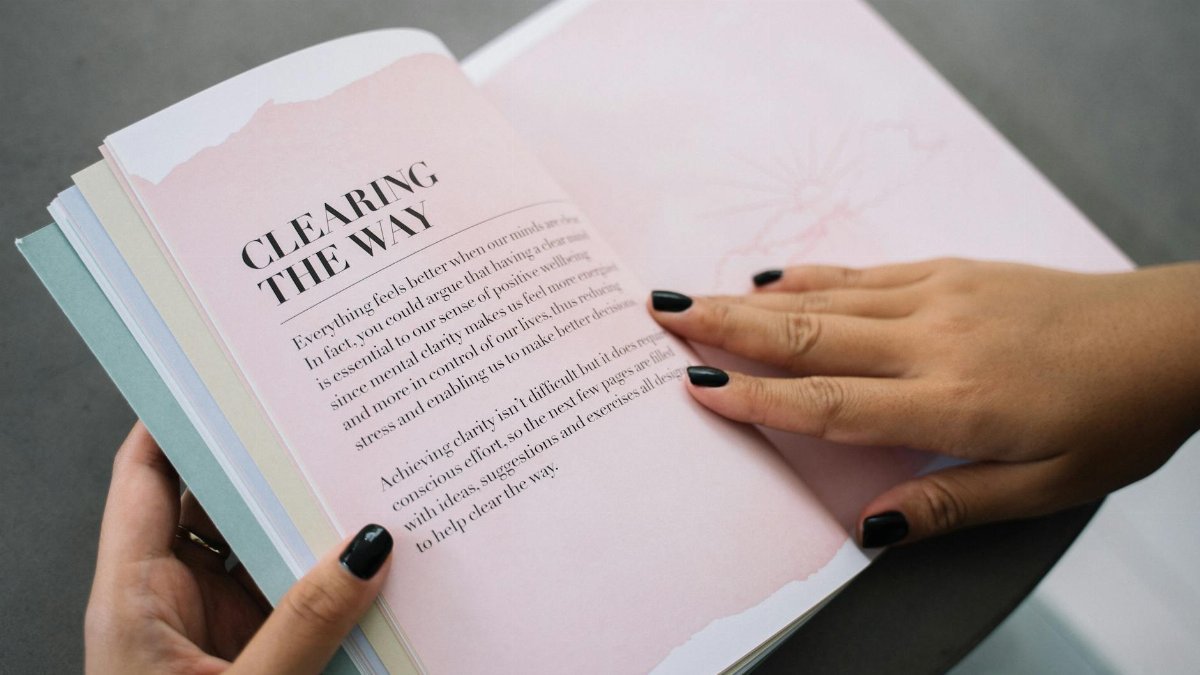Walk down any street in Portland or Boulder these days, and you might notice a subtle shift. Yoga studios spill over with eager practitioners, mindfulness apps buzz on smartwatches, and conversations about holistic wellness hum in coffee shops. At the heart of this movement lies mind-body healing, a practice that bridges the gap between mental clarity and physical well-being. More than a trend, it’s becoming a lifeline for many Americans seeking balance in a chaotic world. Lucid meditation, a focused approach to mindfulness where awareness of the present moment sharpens even in dreamlike states, offers a unique path to this healing. It promises not just relaxation, but a profound connection to inner wisdom. How exactly can this practice transform lives? Through eight distinct avenues, lucid meditation opens doors to deeper self-understanding and restoration, tapping into reserves of strength we often overlook.
1. Cultivating Awareness Beyond the Waking Mind

Lucid meditation begins with a simple premise: awareness doesn’t stop when the day does. Unlike traditional meditation, which often anchors to the breath or a mantra, this practice extends into dream states, training the mind to recognize when it’s wandering—whether awake or asleep. Researchers at Stanford University have noted that such heightened self-awareness can reduce stress by fostering a sense of control over thoughts, even in subconscious realms.Stanford Medicine highlights how brain activity during lucid states mirrors problem-solving patterns, suggesting a therapeutic edge. For someone battling anxiety, imagine lying down at night and gently guiding your mind to observe, not spiral. This isn’t escapism; it’s a deliberate step toward mind-body healing, linking mental clarity to physical ease as tension melts away with each conscious breath.
2. Releasing Stored Emotional Tension

Picture a middle-aged woman, shoulders hunched from years of unspoken grief, sitting cross-legged in a quiet room. As she slips into lucid meditation, she visualizes a knot in her chest loosening. This isn’t mere imagination—studies from the National Institutes of Health show that mindfulness practices can lower cortisol levels, the stress hormone often tied to physical pain.NIH underscores how emotional release through meditation impacts bodily health. In this space, past hurts aren’t relived but reframed, allowing the body to shed burdens it’s carried for decades. The process feels almost tangible, as if each exhale dislodges a fragment of old weight, paving the way for genuine relief.
3. Strengthening the Mind-Body Feedback Loop

Ever notice how a racing heart can fuel anxious thoughts, which then speed up the pulse even more? Lucid meditation interrupts this cycle. By fostering awareness of both mental and physical states simultaneously, it helps practitioners observe bodily sensations without judgment. A 2021 study from Harvard Medical School found that mindfulness-based interventions can improve heart rate variability, a marker of resilience to stress.Harvard Health points to measurable shifts in how the nervous system responds. For many, this means catching a clenched jaw or shallow breath before it spirals, a small but powerful act of mind-body healing. Over time, this feedback loop becomes a dialogue, not a shouting match, between mind and flesh.
4. Accessing Subconscious Insights for Growth

Deep within, answers often hide in plain sight—if only we knew where to look. Lucid meditation acts as a flashlight, illuminating the subconscious during moments of clarity, whether in waking focus or dream awareness. Practitioners report sudden realizations about long-standing habits, like why they overeat under stress or avoid conflict. This isn’t mysticism; it’s the brain connecting dots in a relaxed state. Research from the University of Wisconsin-Madison suggests that meditation enhances neural pathways tied to self-reflection.University of Wisconsin-Madison notes structural brain changes after consistent practice. One anonymous account shared online described it as “finally hearing my own quiet voice.” Such insights guide personal growth, aligning mental revelations with physical actions for lasting change.
5. Reducing Chronic Pain Through Mental Reframing

For those wrestling with chronic pain, relief can seem like a distant dream. Yet lucid meditation offers a surprising tool: reframing how pain is perceived. Instead of fighting discomfort, practitioners learn to observe it with detachment, often during guided sessions that blend wakefulness with dreamlike states. The result? A measurable drop in pain intensity for some. Studies backed by the National Center for Complementary and Integrative Health show that mindfulness can alter pain perception in the brain. Physical suffering eases when the mind stops amplifying it, a cornerstone of mind-body healing. It’s not a cure, but for someone with aching joints, even a few hours of reduced torment can feel like reclaiming a piece of life.
6. Enhancing Sleep as a Healing Foundation

Sleep isn’t just rest; it’s the body’s repair shop. Lucid meditation, with its focus on awareness even in dream states, can transform restless nights into restorative ones. By training the mind to stay gently alert, it curbs the midnight overthinking that plagues so many. A friend once described their first lucid session as “slipping into sleep like sliding into warm water.” Research supports this—data from sleep studies indicates mindfulness practices improve sleep quality by reducing insomnia symptoms. For middle-aged adults juggling stress and health, better sleep isn’t a luxury; it’s a pillar of mind-body healing. When the body rebuilds overnight, the mind wakes ready to face the day, not drag through it.
7. Building Resilience Against Daily Stressors

Life in 2025 doesn’t slow down. Work deadlines, family demands, and endless notifications chip away at patience. Lucid meditation builds a buffer, not by eliminating stress but by changing how it’s processed. Practitioners often start with short sessions, focusing on a single sensation—maybe the coolness of breath—before extending that calm into chaotic moments. It’s less about zen detachment and more about grounded response. A Pew Research survey found that over 40% of Americans now use some form of mindfulness to manage stress, a number climbing steadily. The mental fortitude gained spills into physical health, easing tension headaches or fatigue. Over weeks, what once felt overwhelming becomes merely challenging, a quiet victory.
8. Fostering a Deeper Connection to Self

At its core, lucid meditation isn’t about escaping reality but returning to it with clearer eyes. Many describe a renewed sense of self after consistent practice, as if they’ve rediscovered a forgotten friend. This isn’t abstract; it’s the slow work of sitting with thoughts, dreams, and sensations until they form a cohesive picture. For someone who’s spent years prioritizing others—perhaps a parent or caregiver—this reconnection can feel radical. It ties directly to mind-body healing, as emotional grounding often manifests in steadier hands, slower breaths, and softer shoulders. The journey inward, though personal, reflects a universal need: to know oneself fully, without apology, and to heal from that knowing.
